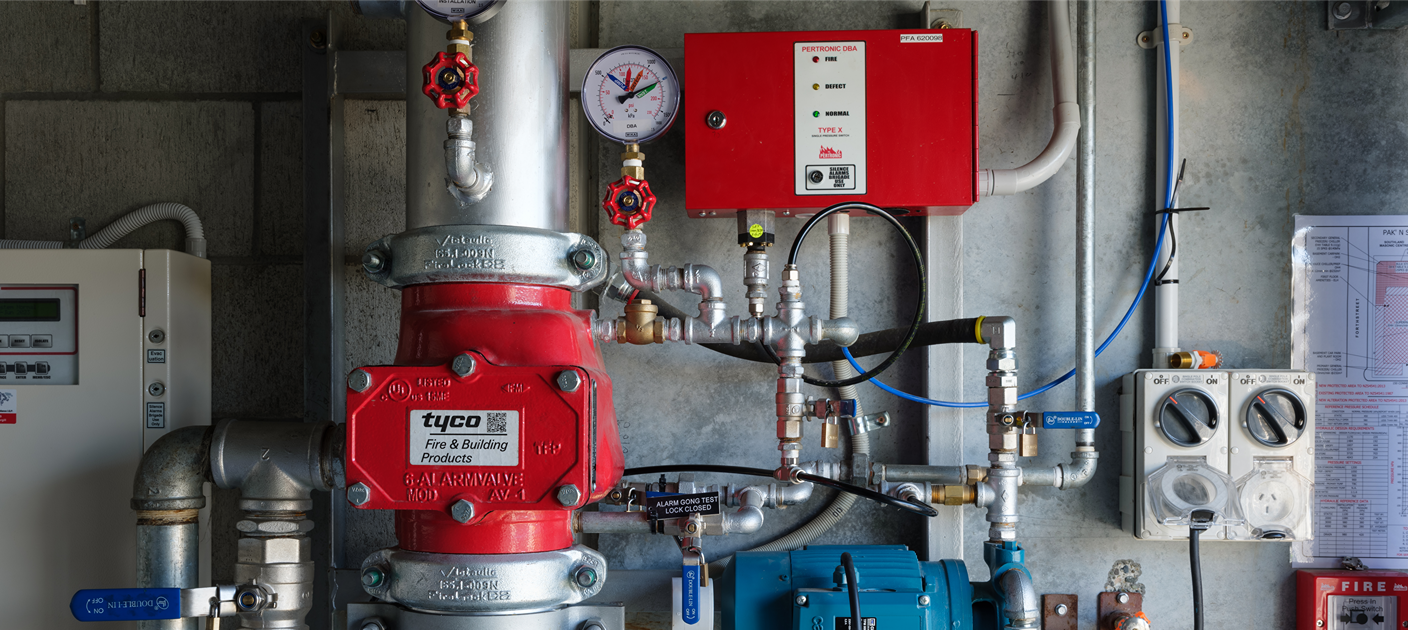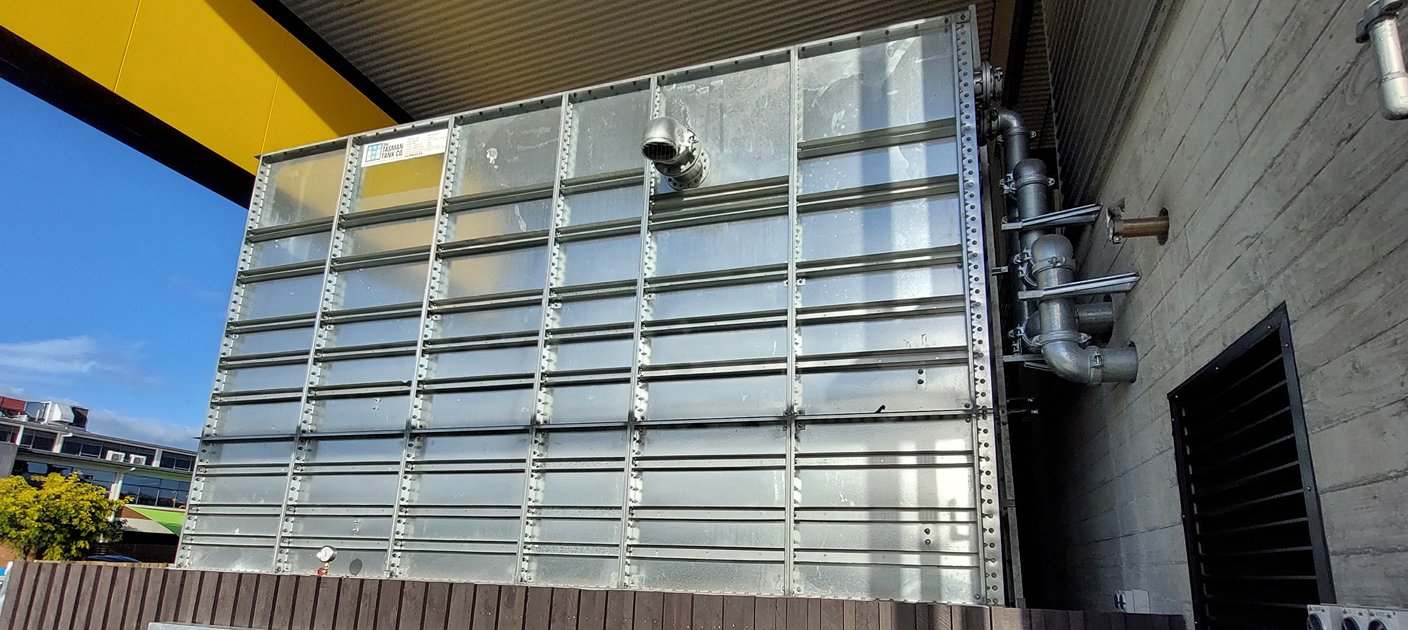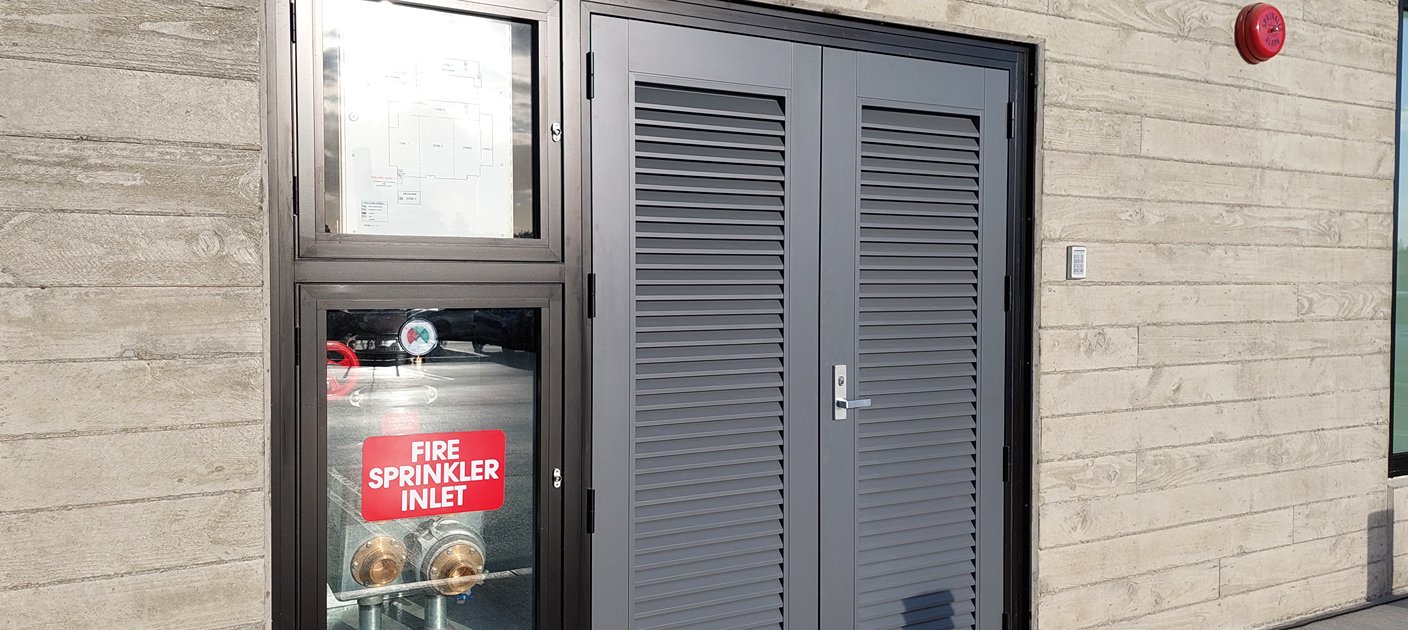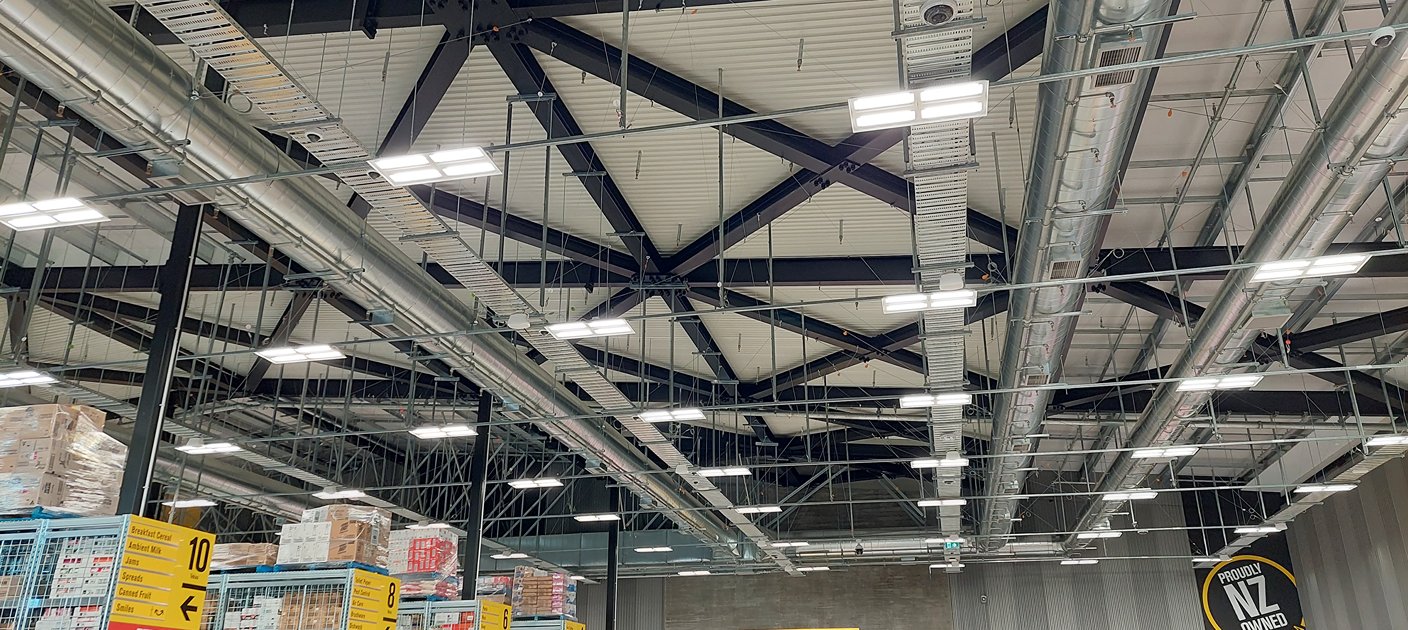

Posted April 22, 2024
Passive Fire Protection and Fire Protection encompass distinct aspects of building safety measures. Both are applied to mitigate the risk and impact of fires. Understanding the differences between these is important for ensuring the appropriate systems are designed to meet both Client and Building Code requirements. At Cosgroves we have a comprehensive knowledge of passive and active fire protection systems and an experienced design team that works collaboratively with other designers such as Architects and Engineers to incorporate these important fire safety features.
Passive Fire Protection refers to systems and components that are generally static and prevent or slow the spread of fire and smoke or reduce the effects of fire exposure. These include fire-resistant walls, floors, and doors, which are used to contain a fire to a limited area and preventing it from spreading. The effectiveness of these passive elements relies on suitable systems being used ensuring services such as cables and plumbing are adequately treated. For instance, where pipes and cables pass through these fire barriers, specific treatments such as sealants, fire collars, or intumescent devices are used to ensure the continuity of fire resistance.
Fire Protection, on the other hand, encompasses a broader range of systems known as active fire protection. This includes mechanisms like sprinkler systems, fire alarms, and smoke detectors that actively detect, suppress or extinguish a fire. New Zealand's Building Code categorises these systems from simple smoke alarms for residential use which most people will be familiar with, to more sophisticated systems combining sprinklers and smoke detection for comprehensive coverage. There are also specialist systems such as aspirating smoke detection and gaseous flood systems that have specific applications. Active systems play a critical role in alerting occupants to the presence of fire, controlling the spread of flames, facilitating safe evacuation, and can be used to enhance property protection.
If you want to know how the Cosgroves fire team may be able to help you, get in touch with us today: [email protected]




